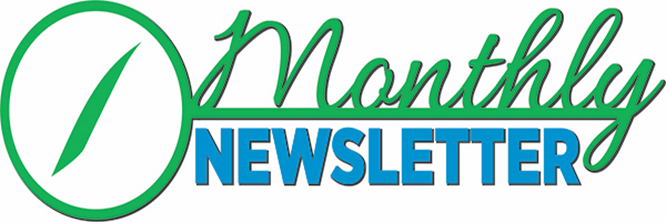By: Steve Smith, Nutri-Lawn Halifax on Jul 29, 2024 1:38:17 PM

AUGUST 2024
Your Account | Free Estimate | Resource Library | Agronomic Calendar
 With the beginning of the dry weather, people start wondering what is going on with their brown lawn. Drought and summer heat stress is very common across lawns when periods of drought and extreme heat persist.
With the beginning of the dry weather, people start wondering what is going on with their brown lawn. Drought and summer heat stress is very common across lawns when periods of drought and extreme heat persist.
The lawn can show varying degrees of stress during these times including burning out and browning in isolated areas or across the entire property.
The first thing to explain is that when lawns go brown in the summer, they are not dead, they are just dormant due to lack of rainfall.
The grass plants may appear dead to the naked eye, but deep inside the plant there is a small area (called the crown) which is still alive. Once this crown gets rain again, it will come to life and the turf will green up in 10-14 days.
Watering techniques should be adjusted during the growing season to compensate for precipitation and lengthy hot and dry periods. Raising your cutting height will also help to retain moisture.
 Seaweed Extract is a soluble kelp powder made from east coast seaweed. It is applied to lawns in a water solution.
Seaweed Extract is a soluble kelp powder made from east coast seaweed. It is applied to lawns in a water solution.
Composed of nearly 70 minerals, seaweed extract (or kelp as it is commonly referred to) is an excellent source of two major plant growth hormones: cytokinins and auxins. These are the nutrients that help a lawn recover from and protect against the effects of heat stress. Kelp is odor free and is children and pet friendly.
BENEFITS
 Red Thread occurs in the spring and fall during humid periods when the air temperatures are between 16°C and 24°C.
Red Thread occurs in the spring and fall during humid periods when the air temperatures are between 16°C and 24°C.
Red thread can be controlled with sound turf management. Promoting proper fertilization, maintain a soil pH of 6.5-7.0. Avoid overwatering. Do not water the lawn in the late afternoon or evening. Provide good soil drainage.
 Chinch Bugs are a common lawn pest in Maritime lawns. Some lawns seem more prone than others to chinch bug activity and damage. It is important to understand why and to take action to prevent reoccurring problems on your lawn.
Chinch Bugs are a common lawn pest in Maritime lawns. Some lawns seem more prone than others to chinch bug activity and damage. It is important to understand why and to take action to prevent reoccurring problems on your lawn.
Things you can do to reduce chinch bug activity in your lawn:
Chinch Bugs often reappear from year to year in areas of past damage. Bare, dead areas in the lawn are not only unsightly, but they are also prime spots for future insect and weed problems. It is important to repair damaged areas for the long-term health and appearance of your lawn.

 Nutri-Lawn
Nutri-Lawn
Bridgewater: 902.527.0007
Halifax: 902.468.8101
Kentville: 902.681.2654
Moncton: 506.857.9111
New Glasgow: 902.601.5046
Truro: 902.893.2099
1-888-688-7452